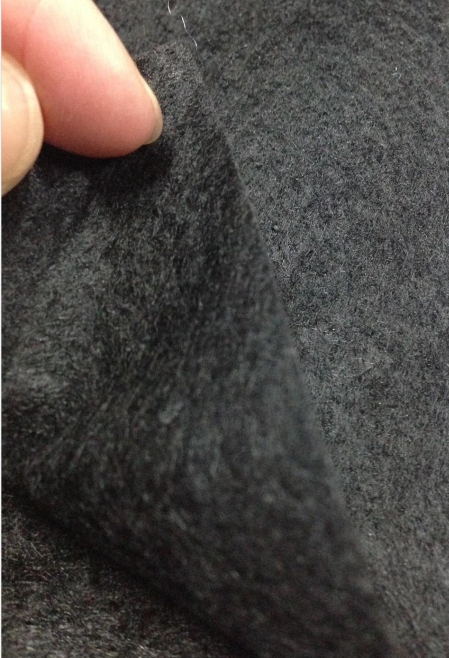Geotextile products are synthetic fabrics used in various civil engineering, construction, and environmental applications. Wholesale geotextile products from supplier,They serve multiple purposes, including separation, filtration, drainage, reinforcement, and erosion control. Here’s an overview of common types of geotextile products and their applications:

Types of Geotextile Products
Woven Geotextiles:
Made from interlaced fibers, typically polypropylene or polyester.
Applications: Soil stabilization, erosion control, and reinforcement in roads and embankments.
Nonwoven Geotextiles:
Made from bonded fibers using methods such as needle punching, heat bonding, or chemical bonding.
Applications: Filtration, drainage, and erosion control in various construction and landscaping projects.
Geogrids:
A type of geosynthetic material with a grid-like structure, often made from plastic.
Applications: Reinforcement of soil and aggregate in retaining walls, slopes, and roadways.
Composite Geotextiles:
Combine woven and nonwoven materials to leverage the benefits of both.
Applications: Ideal for applications requiring both filtration and separation, such as in landfills or drainage systems.
Common Applications
Civil Engineering:
Road and Highway Construction: Used to stabilize soil and enhance the load-bearing capacity of roads.
Railway Construction: Provides support and stability to railway tracks.
Embankments and Dams: Reinforces slopes and prevents erosion.
Environmental Protection:
Landfills: Used as liners and covers to prevent leachate migration and control gas emissions.
Erosion Control: Protects shores, riverbanks, and slopes from erosion caused by water and wind.
Drainage Systems:
Subsurface Drainage: Allows for the efficient drainage of water in construction sites, agricultural fields, and sports fields.
Stormwater Management: Facilitates water flow and prevents flooding in urban areas.
Agriculture:
Soil Separation and Stabilization: Helps manage soil moisture and prevent soil erosion in agricultural fields.
Crop Protection: Used as a barrier against pests and harsh weather.
Landscaping:
Weed Control: Acts as a barrier to prevent weed growth while allowing water and nutrients to pass through.
Slope Stabilization: Used in terracing and retaining walls to prevent soil movement.
Advantages of Geotextile Products
Durability: Resistant to environmental factors, UV radiation, and chemical degradation.
Versatility: Suitable for a wide range of applications across various industries.
Cost-Effectiveness: Can reduce the need for more expensive materials and labor in construction projects.
Environmental Benefits: Helps manage soil erosion, improve drainage, and enhance the sustainability of construction projects.
Conclusion
Geotextile products play a crucial role in modern engineering and construction practices. By providing solutions for soil stabilization, drainage, filtration, and erosion control, they contribute to more sustainable and efficient project outcomes.
Post time: Sep-20-2024
